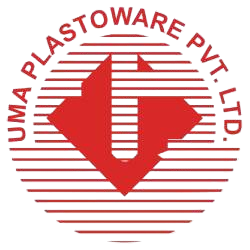Quality control is crucial in the plastic moulding industry to ensure that each part meets the required standards of performance and durability. One of the primary quality checks is visual inspection, where each part is carefully examined for surface defects like cracks, bubbles, or discoloration that could affect the final product’s appearance and functionality. This step helps identify issues early, reducing the risk of defective parts reaching the market.
Another essential measure is dimensional checks. Using precision tools such as calipers and gauges, manufacturers verify that the part dimensions meet the exact specifications set out in the design. This step ensures that each component fits perfectly within its assembly and functions as intended. It’s vital for industries where part accuracy is crucial, such as automotive and electronics.
Material testing is also critical to ensure that the plastic used in production has the necessary properties, such as strength, flexibility, and heat resistance. Testing can involve analyzing material samples for chemical composition, melt flow index, and other important characteristics to confirm that the material is suitable for the intended application. Additionally, functional testing is performed to assess how well the part performs under real-world conditions. This could include testing for stress, temperature fluctuations, or mechanical performance to ensure long-term reliability and safety. By incorporating these quality control measures—visual inspection, dimensional checks, material testing, and functional testing—plastic moulding manufacturers can produce reliable, high-quality products.



